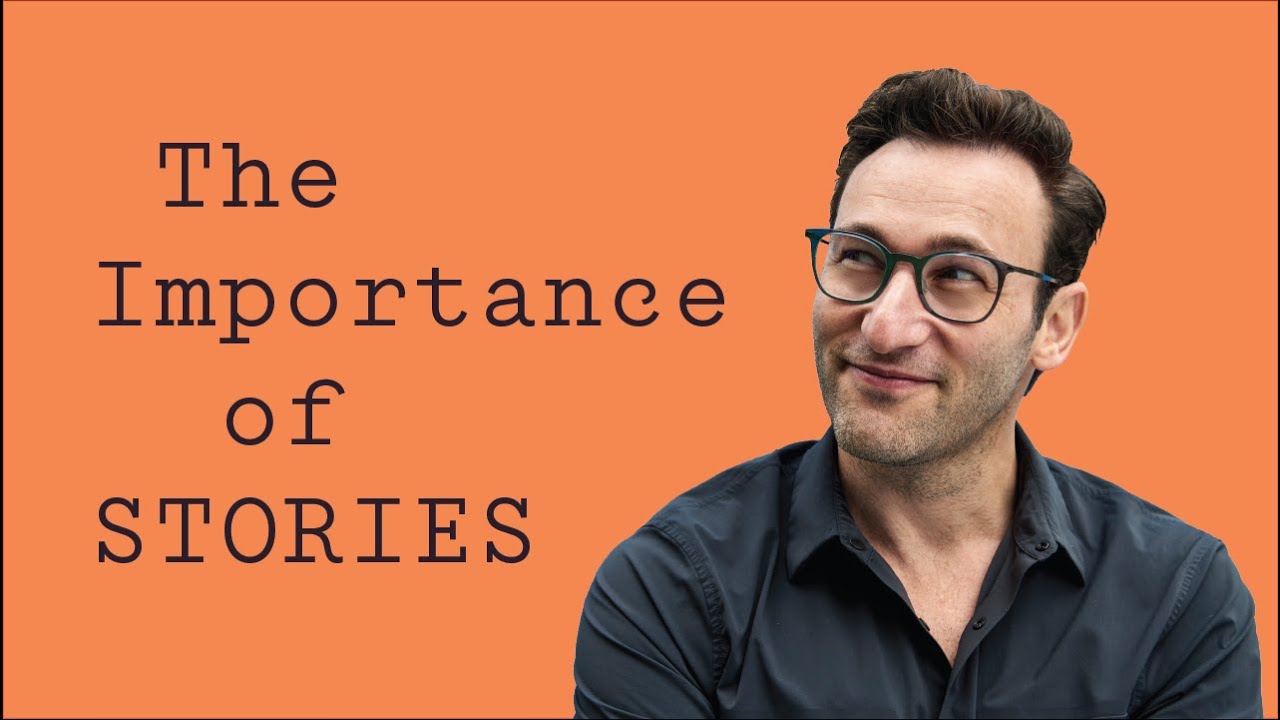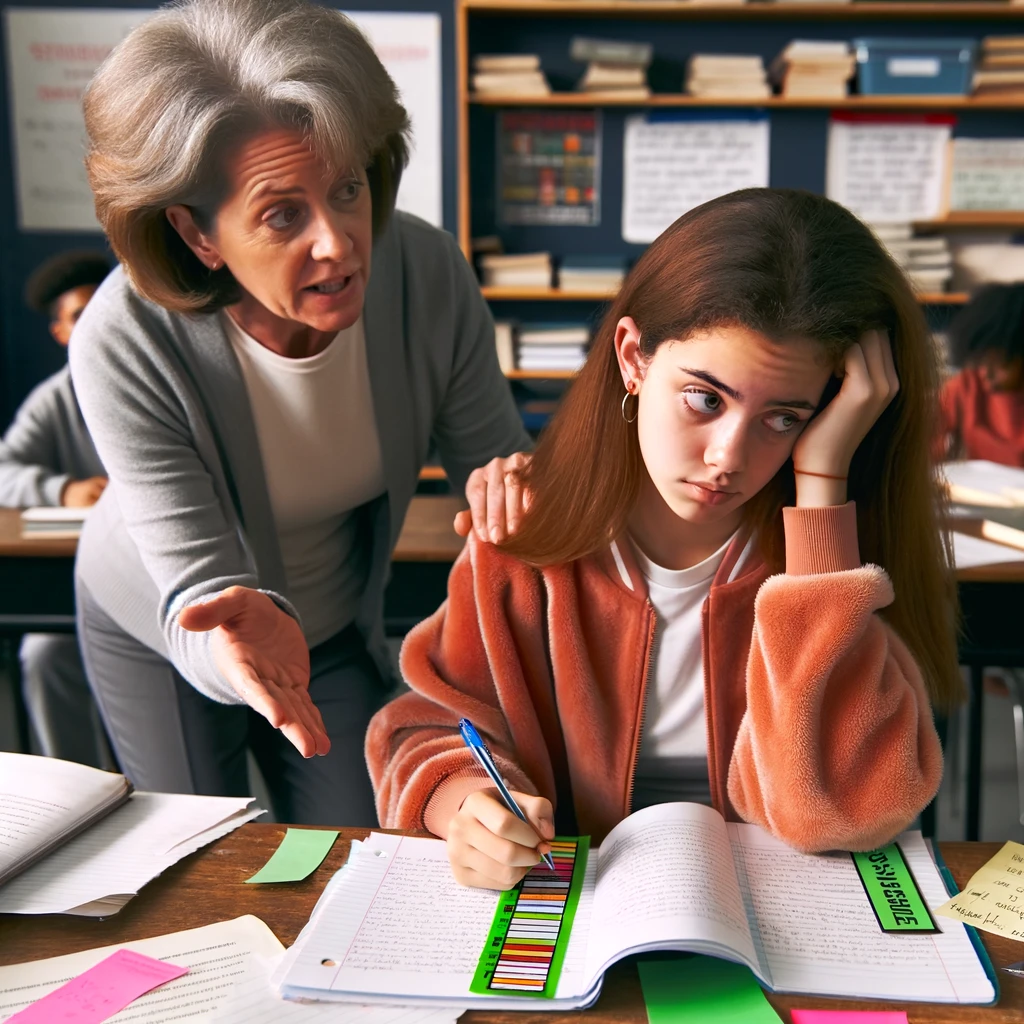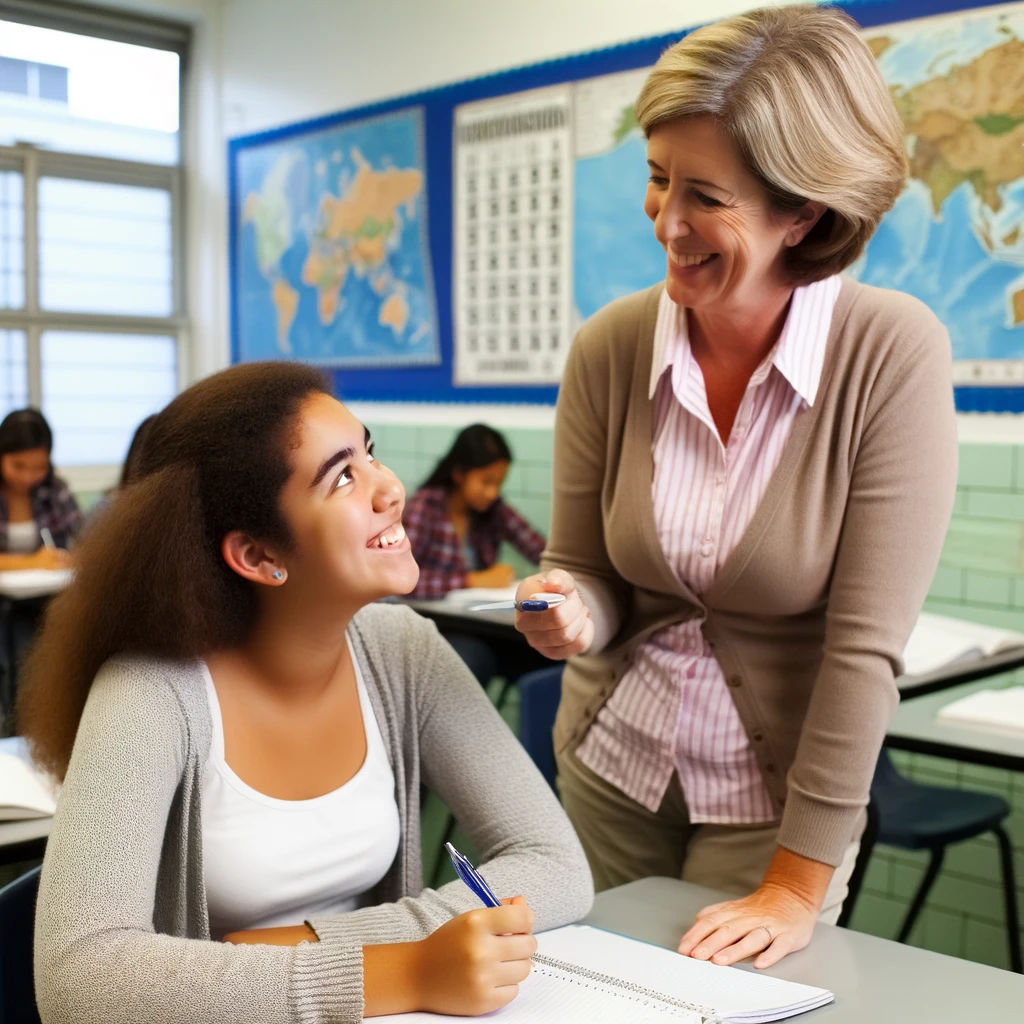Hey there, fellow educators and history enthusiasts!
Do you ever lie in bed at night, staring at the ceiling, pondering “how to teach history in an interesting way?” or “how to teach my students effectively?” Trust me, teaching time isn’t just about getting through the syllabus; it’s an art. Today, let’s explore the magic of guided reading and how it can revolutionize your history classes.
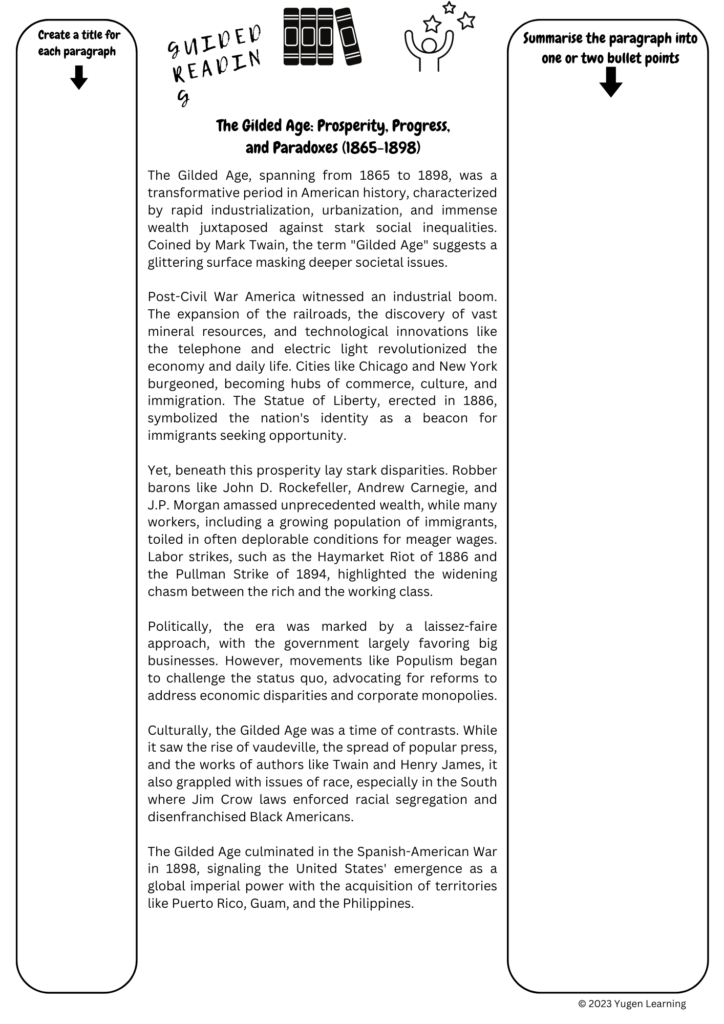
1. The Magic of Dual Coding and Doodling
While your classroom might not be Hogwarts, a little magic is still possible. Dual coding, a teaching strategy that involves both verbal and visual cues, is our wand here. For instance, when covering the topic of Ancient Egypt, instead of simply reading out facts about the pyramids, guide your students to doodle them. Have them annotate their drawings with significant dates or interesting trivia. This makes lessons more interactive and serves as a phenomenal introduction to “how to teach history to beginners.”
2. Stories Over Dates
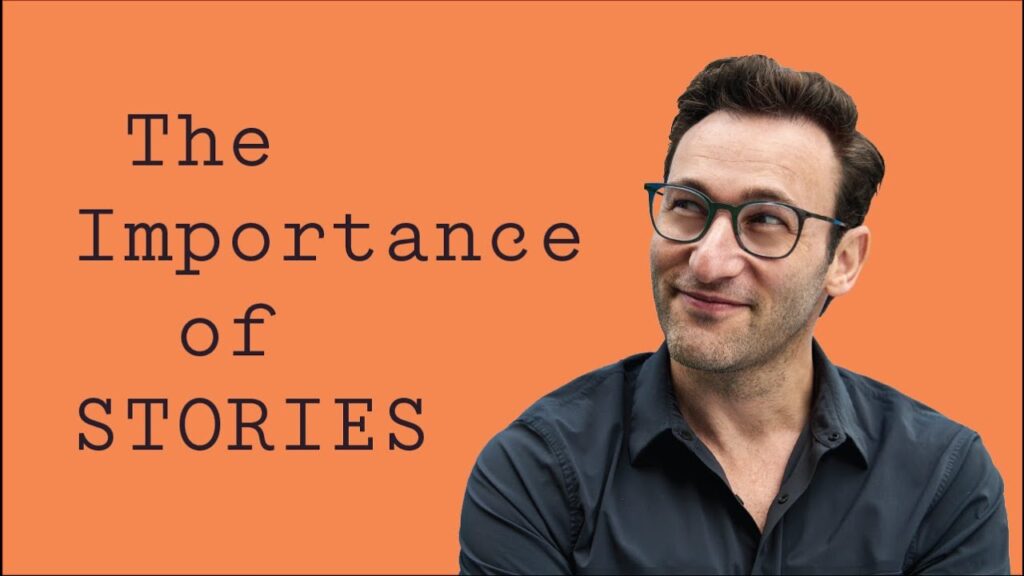
History is a mosaic of stories. Instead of bombarding beginners with dates of wars, reigns, or treaties, wrap those dates in a narrative. Perhaps you’re discussing the American Revolution. Through guided reading, introduce snippets from the personal diaries of soldiers or letters written during that time. Encourage students to highlight or dot point key feelings or events mentioned in these snippets. This technique provides context and makes the past come alive.
3. Interactive Activities with Guided Reading
Active participation is the bedrock of effective learning. Let’s say you’re teaching the Renaissance period. Instead of a lecture, provide students with excerpts from da Vinci’s journal or a passage from Machiavelli’s The Prince. Post-reading, instigate a debate or a discussion. Pose questions like, “How did the thoughts of this period shape modern society?” and guide them to use their readings as evidence.
4. Effective Summarizing Techniques
Imagine diving into World War II. The events, the political changes, the personal stories—it’s a vast ocean. Guided reading can be your students’ lifebuoy. Provide them with an excerpt from Churchill’s speeches or Anne Frank’s diary. Challenge them to condense what they’ve read into three or five bullet points. This exercise not only hones their ability to extract essential information but also makes retention easier.
5. Dive into Resources
Thanks to the digital age, there’s no dearth of teaching materials. Platforms like the Teachers Pay Teachers store, for example, are overflowing with guided reading resources. From handouts on the Cold War to interactive worksheets on ancient civilizations, a treasure trove awaits the modern teacher here on my store.

6. Embracing the Journey with Guided Reading
A captivating part of history lies in the journeys undertaken, be it Columbus sailing the seas or Marco Polo’s adventures. For a tangible lesson, consider diving into The Travels of Marco Polo. Use guided reading techniques to dissect his journey. Pose questions like, “What surprises did Polo encounter?” or “How did Polo’s journey influence trade routes?”. This approach makes students active participants in Polo’s journey, rather than mere spectators.
7. Seek Feedback & Adapt
Feedback isn’t just for our students. The evolution from pondering “how to be a good teacher” to genuinely being one lies in continuous learning. After a guided reading session, seek feedback. Did the students find the reading selections engaging? Were the discussions insightful? This feedback will be a beacon for refining your teaching strategies.
If you looking for a teaching resources that covers all key History skills for students then the Story, Source and Schoalrship that incorporates gudiede into into a more rounded resource.
In Conclusion
History, in essence, is not just about past events. It’s a rich tapestry of stories, lessons, and insights waiting to be unfurled. With the right tools like guided reading, teaching history transcends from mere fact recitation to an immersive experience. It’s about ensuring that the narratives of the past are not just heard, but felt. The ripples of bygone eras can be experienced today, and as educators, we have the power to make that happen.
So, dear educators, the next time you step into your classroom, remember that you’re not just teaching history; you’re making it. Your lessons have the power to shape perspectives and kindle passions. And with guided reading by your side, the past is poised to come alive in the most enchanting way.
Here’s to making every teaching moment count, to using every resource at our disposal, and to crafting history lessons that resonate long after the bell rings. 📚🖍️🕰️
P.S. For those on a quest for more teaching tools and strategies, the online world is your oyster. Dive deep, explore, and let’s redefine teaching together guiding reading resources are available here!
Elevate Your History Lessons with Exclusive Insights! 🚀
Embark on a journey through time with us and transform your history lessons into a thrilling adventure for your students! If you’ve found value in our guide to teaching the Norman Conquest, imagine the wealth of resources, tips, and strategies you could explore as a subscriber to our mailing list.
💌 Subscribe to Our Enlightening Educators’ Mailing List Now! 💌
By joining our community, you’ll unlock:
- 🏰 Exclusive lesson plans and teaching resources.
- 🎓 Expert advice and tips on making history engaging and relatable.
- 📘 Early access to our latest guides, eBooks, and educational materials.
- 🎁 Special offers, discounts, and surprises just for our subscriber family.
Let’s create a future where every history lesson is a captivating journey into the past!
👉 SUBSCRIBE NOW 👈 and become a time-traveling educator, crafting lessons that will be remembered for a lifetime!
